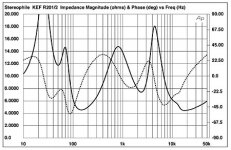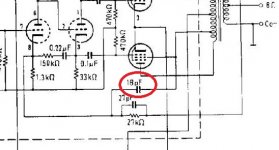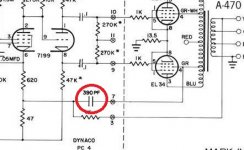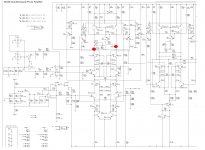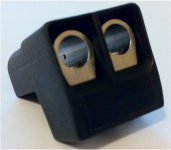Hi, this is my first post here.
Do any of you have any experience using car subwoofers in speakers made for home use? Did anybody try Hertz car subwoofers and how good they are?
I would like to build ripole speakers, but I must admit that I very rusty with my electronics knowledge and my experience in DIY speakers is very limited. My two main requirements for this build are 1) to be as cheap as possible, 2) to be as small as possible. Well, there is always the 0) requirement: to have a good sound quality.
If you are wondering why I would want to use car subwoofers, you should know that the choice of drivers is very limited in my country. If I purchase from PartsExpress in US, or even SoundImports in NL, I would pay maybe even twice as much on a shipment and customs as it is the cost of goods. Especially for big and heavy stuffs like woofers having several kilos each, and I need two subwoofers per speaker because I want to build a ripole.
However, the choice of car speakers in my country is decent, so I decided to use 12" JBL or Hertz car subwoofers. They have a nice sensitivity and Qts, large Xmax and relatively low Mms, which I think is all important for a ripole construction.
For example,
JBL Club 1224 has 275 W RMS, 93 dB, 0.58 Qts, 10.25 mm Xmax and 154.9 g Mms. It has a rated 25-175 Hz frequency range, and a ripole construction also requires a lower bass crossover, so I think I will not go above 120 Hz with it anyway.
I am also considering
Hertz Dieci DS 30.3 with 250 W, 91 dB, 0.62 Qts, 9 mm Xmax, 133 g Mms, 28-300 Hz. I like that manufacturer, at least on paper, because it is the only one that I found providing the impedance graphs for their car subwoofers, so I could use that in a simulation. Unfortunately, they don't provide the frequency response graphs, so I have no idea how truthful is their claim about their rated frequency ranges.
I have read numerous threads about ripole constructions here and on other forums as techtalk and audiocircle, and I choose such type because they allegedly have:
a) the smallest enclosures (the living room where I listen music is rather small, around 5x3 m, so they will be near-field listened);
b) a good "neighbor-freendly" bass (I am living in an apartment with overly sensitive neighbors);
c) less vibrations, having push-push opposed pair of woofers, but maybe I will try first with just a single subwoofer per enclosure using the N profile (DRS-ripole).
I like them also because of their aesthetics and practicality. So, I really would not like to discus about my choice of the enclosure.
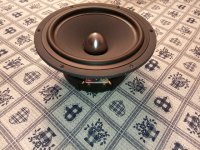
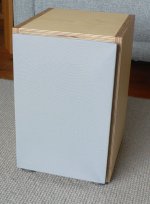
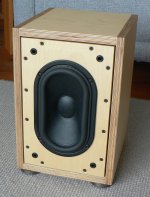
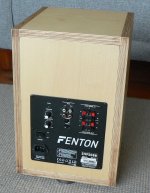
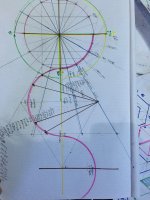

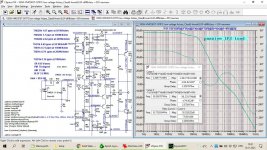


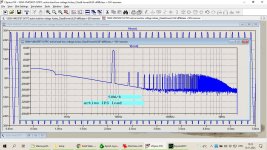
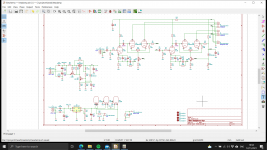

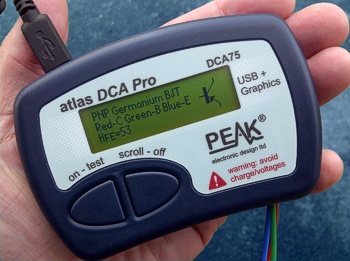

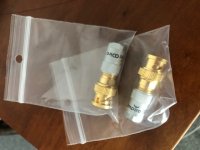
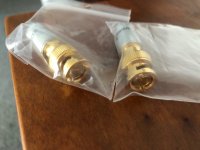
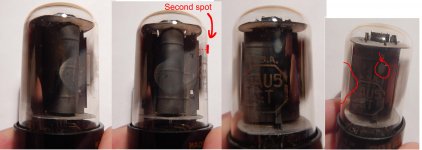
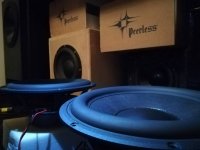
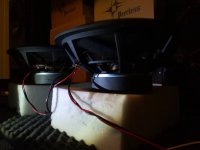
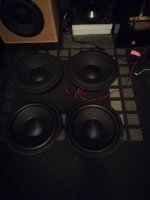
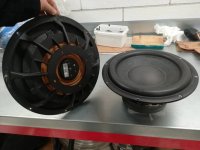


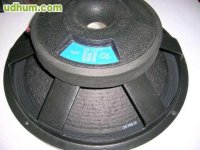

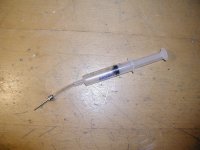
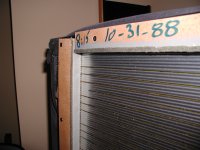
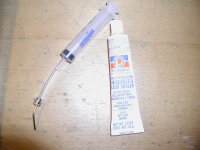

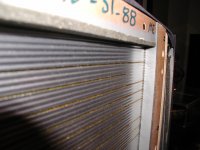

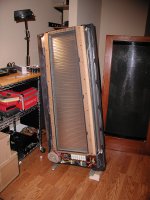
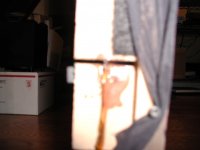
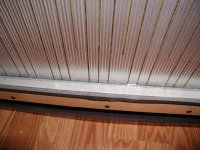



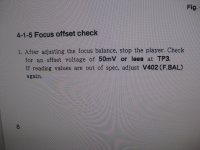
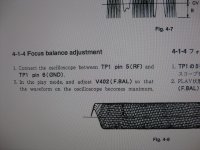
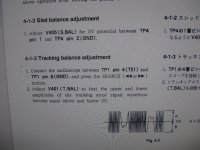
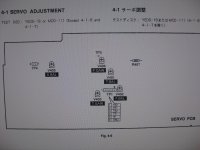
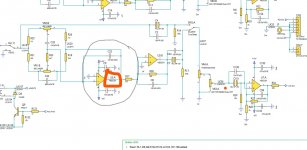
 Moderation edit: TLDR, start at post #10.
Moderation edit: TLDR, start at post #10.